
K12 Cheese Science
Lesson Plans  Basics
Basics  Alphabet / Glossary / History
Alphabet / Glossary / History  Cheese Around the World
Cheese Around the World  Fun
Fun
Lesson plans
Basics
Cheese making was developed in ancient times as a way to preserve milk. Cheese is the result of many scientific processes, and is also a craft practiced for generations. Cheese can be made small scale (artisanal) or large scale (in cheese making factories). Whether by hand or computer-aided, the steps to making cheese are essentially the same.
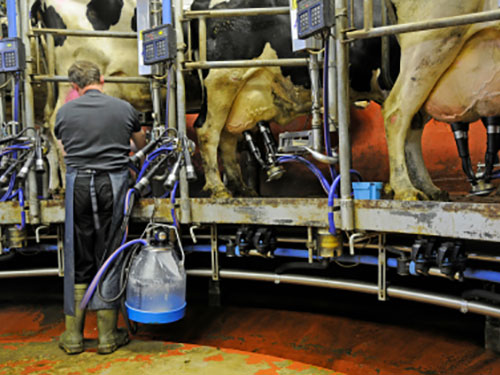
Milking
Milk may be from a cow, goat, sheep, or buffalo. Cow’s milk is most commonly used in the U.S. Milk used for cheese may be pasteurized or raw, depending on the cheese being made.
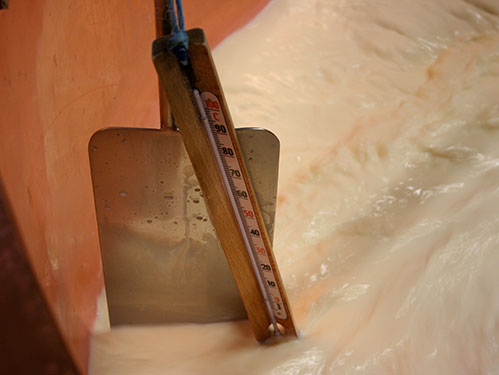
Culturing
Heating the milk allows bacteria that feed on lactose in the milk to grow. The lactose ferments to lactose acid. Bacteria may be wild, added from a culture, frozen or freeze dried from a starter. Characteristics of cheese vary depending on which starter culture was used.
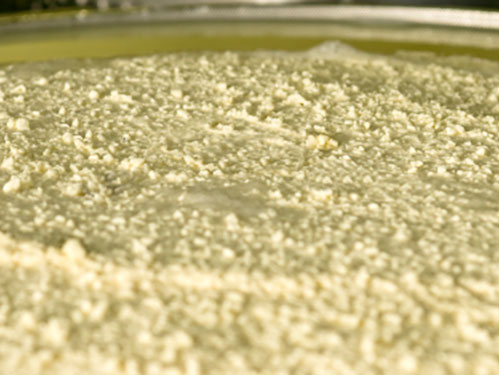
Coagulation
When enough lactic acid had been developed, rennet is added to cause casein to become solid, or precipitate. Casein is the predominant protein in milk. The result of this chemical precipitation is cheese curd. The amount of rennet and time for this process varies depending on which type of cheese is being made.
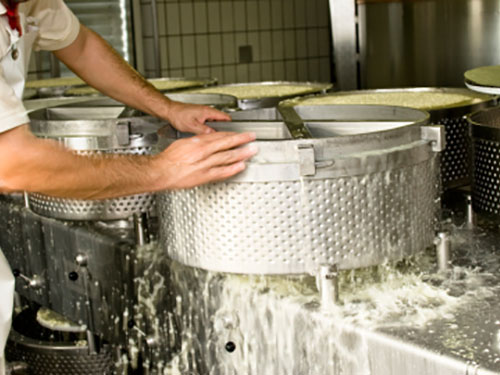
Draining
The coagulated part (curds) and the water part (whey) are separated through draining. Cheese makers use straining, pressing, and other methods to drain the liquid from solid.
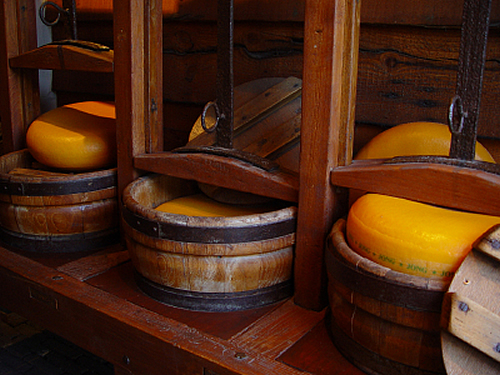
Scalding
For hard cheeses like Cheddar, curd is cut into small cubes and heated to allow more whey to drain. The curd is cut, stacked, cut, and turned (a process called blocking) so more whey is released. The acidity of the curd also increases until salt is mixed into. The cheese is then placed into molds and pressed to bind all the pieces together. After leaving the molds, cloth, wax, or plastic goes around the cheese and it sits for a certain period of time depending on the type of cheese being made.
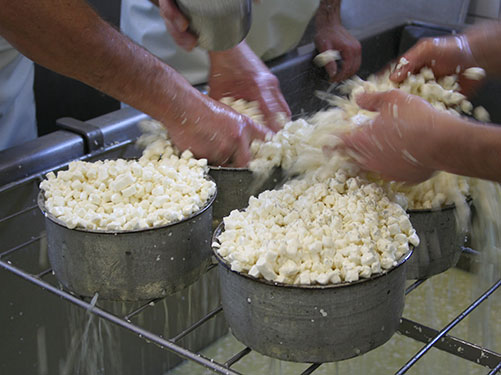
Ripening
Another way to treat the soft curds is to use gravity. Cheese curds sit in hoops and the whey drains through the bottom for a period of time. The curds are then immersed in a salt solution to stop bacteria growth. Mold is sometimes added by spraying, rolling, or adding spores to the milk. The mold spores grow in a coating that surrounds and flavors the cheese.
For more information on how cheese is made, visit these sites:
Cheese Tools
cheese around the world

Fun
 Mouse on Cheese Jigsaw Puzzle
Mouse on Cheese Jigsaw PuzzleSee how fast you can build this jigsaw puzzle of a mouse on a piece of cheese.
 Top Cow
Top CowWho wants to be the Big Cheese? The Top Cow? Contestants on Top Cow attempt to transform milk into yogurt, ice cream or cheese.


 UTAH EDUCATION NETWORK
UTAH EDUCATION NETWORK

 Justin
Justin Braxton
Braxton Dani
Dani Rob
Rob Val
Val















